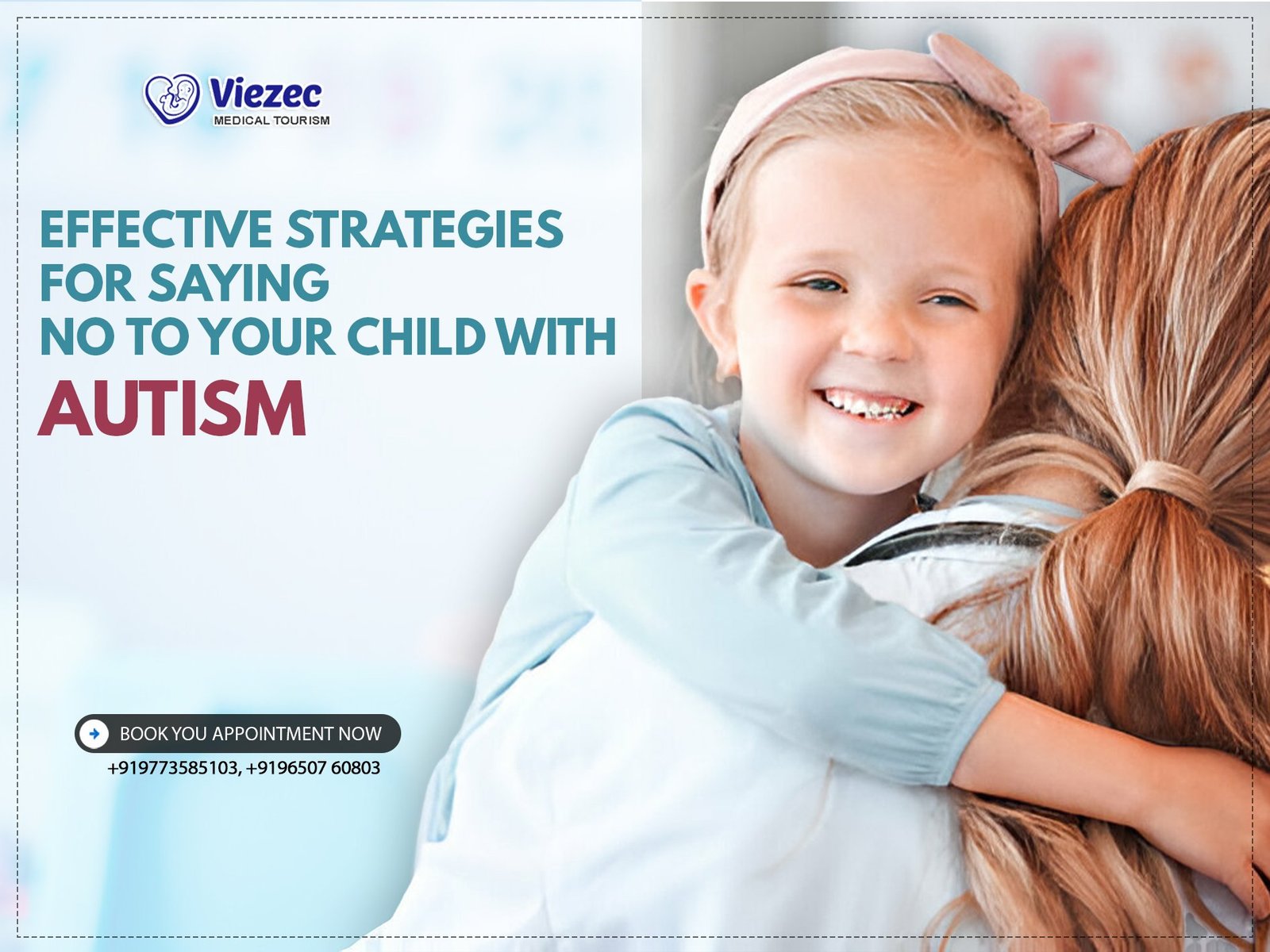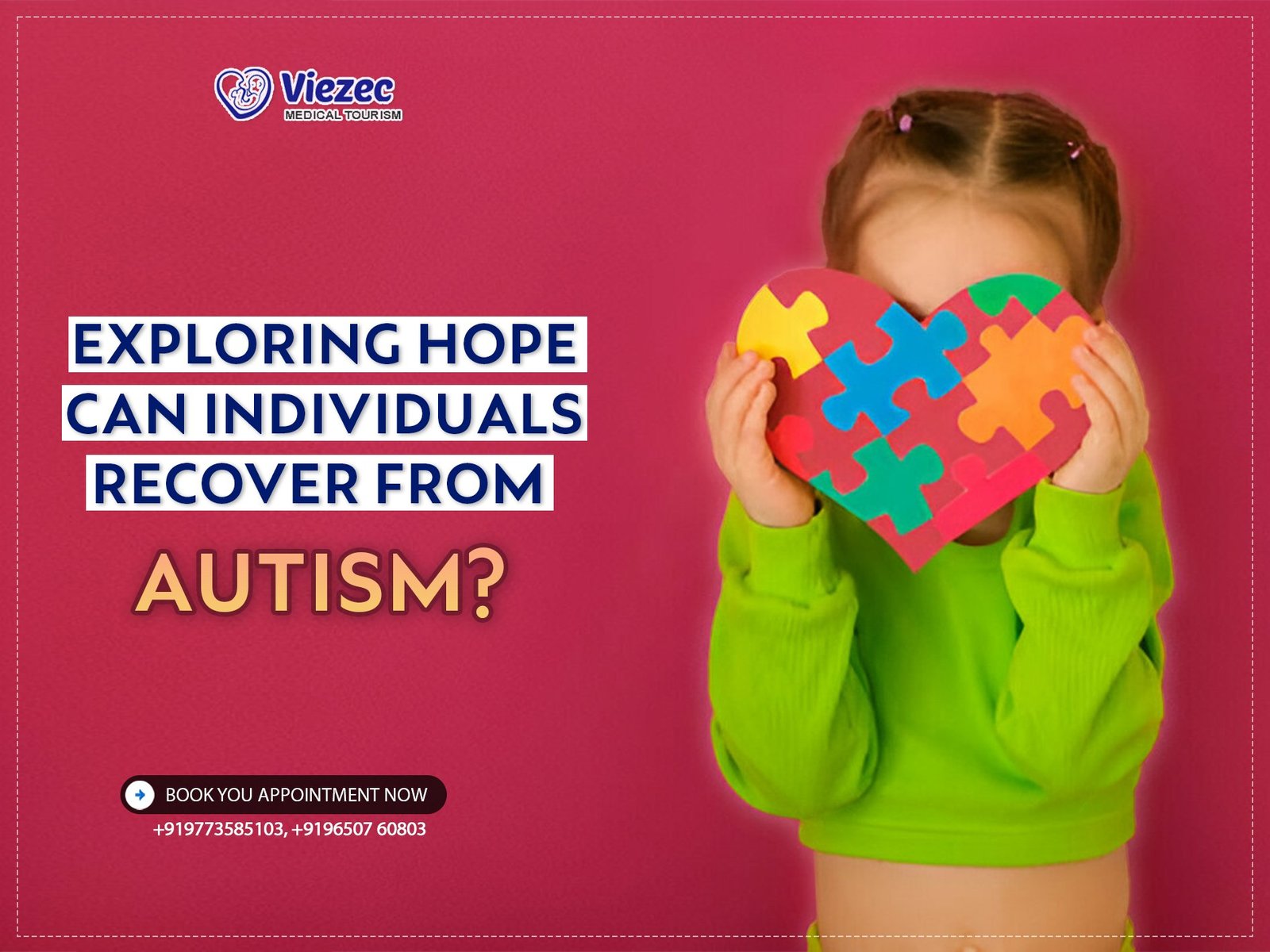Setting boundaries is crucial for all children, but it is especially important for children with autism. Boundaries provide a sense of security and help children understand what behaviors are acceptable and what are not. Establishing clear expectations can help mitigate anxiety and reduce the likelihood of challenging behaviors. It’s essential to communicate these boundaries consistently and in a way that your child can understand. Repetition and visual aids can be particularly effective. For instance, using picture schedules or social stories to illustrate rules and routines can help reinforce expectations and create a more predictable environment.
The Impact of Autism on Understanding
Children with autism often experience unique challenges that can impact their ability to understand and adhere to boundaries. Communication barriers are a significant factor, as many children with autism struggle with verbal communication. They may find it difficult to understand complex instructions or express their needs and feelings effectively. Additionally, sensory sensitivities can exacerbate these challenges, making it harder for them to process and respond to certain stimuli. It is important to be aware of these barriers and to adapt your communication strategies accordingly, using simple language and visual supports to enhance understanding.
Common Triggers for Challenging Behavior
Understanding the common triggers for challenging behavior can help you anticipate and prevent meltdowns. Changes in routine are often a significant trigger for children with autism. They thrive on predictability, and unexpected changes can cause distress and lead to behavioral issues. Sensory overload is another common trigger. Loud noises, bright lights, or crowded environments can overwhelm a child with autism, leading to anxiety and outbursts. Being mindful of these triggers and implementing strategies to minimize their impact, such as creating a calm and structured environment, can help reduce challenging behaviors and support your child’s well-being.
Building a Positive Relationship
Establishing Trust
Building a positive relationship with your child is fundamental to effective communication and behavior management. Trust is the cornerstone of this relationship. Consistent communication helps establish trust by ensuring your child knows what to expect from you. Predictability and routine are also crucial. When your child feels secure in their environment, they are more likely to respond positively to guidance and boundaries. Engaging in regular, predictable activities together can strengthen your bond and create a foundation of trust. This trust will make it easier for your child to accept limits and follow rules.
Positive Reinforcement
Positive reinforcement is a powerful tool for encouraging desired behaviors. Rewarding good behavior with praise, stickers, or other incentives can motivate your child to repeat those behaviors. It is essential to create a supportive environment that recognizes and celebrates small achievements. Consistently acknowledging your child’s efforts and successes, no matter how small, can build their confidence and reinforce positive behavior patterns. Over time, this approach can reduce the need for negative responses like saying no, as your child will be more likely to engage in appropriate behaviors willingly.
Developing Emotional Connections
Developing strong emotional connections with your child is crucial for their overall development and well-being. Empathy and understanding are key components of this connection. Taking the time to understand your child’s unique perspective and experiences can help you respond more effectively to their needs. Shared activities and interests provide opportunities to bond and create positive experiences together. Whether it’s reading a book, playing a game, or engaging in a hobby, these shared moments can strengthen your relationship and build a foundation of trust and mutual respect, making it easier to set and enforce boundaries.
Clear and Consistent Communication
Using Simple Language
Effective communication with a child with autism often requires the use of simple language. Short and direct phrases are more likely to be understood than long, complex sentences. Avoiding ambiguity is also crucial. Children with autism may struggle with figurative language or abstract concepts, so it’s important to be as clear and concrete as possible. For example, instead of saying “later,” specify the exact time or event when something will happen. Consistently using simple and clear language can help reduce misunderstandings and make it easier for your child to follow instructions and adhere to rules.
Visual Aids and Supports
Visual aids and supports can be incredibly beneficial for children with autism. Picture schedules, for example, provide a visual representation of daily routines, helping children understand and anticipate what will happen next. Social stories are another effective tool. These short narratives describe social situations and appropriate responses, helping children learn and practice social skills. Incorporating visual aids into your communication strategy can enhance understanding and support your child’s ability to follow rules and routines. These tools can also provide a sense of structure and predictability, which is particularly important for children with autism.
Nonverbal Communication
Nonverbal communication plays a significant role in how we convey messages and emotions. For children with autism, nonverbal cues like body language and facial expressions can be especially important. Using consistent and clear nonverbal signals can help reinforce verbal messages. For example, maintaining a calm and neutral facial expression when saying no can help prevent escalation. Additionally, paying attention to your child’s nonverbal cues can provide valuable insights into their feelings and needs, allowing you to respond more effectively. Combining verbal and nonverbal communication strategies can enhance understanding and improve interactions with your child.
Techniques for Saying No
The Power of Positive Alternatives
Offering positive alternatives is an effective strategy for saying no without causing frustration or resistance. Instead of simply denying a request, provide options that are acceptable. For example, if your child wants to play with a fragile object, offer a similar but safer alternative. Redirecting attention to a preferred activity can also help. This approach not only prevents negative reactions but also teaches your child to make acceptable choices. Over time, they will learn to anticipate and accept these alternatives, reducing the frequency of situations where you need to say no directly.
Setting Clear Boundaries
Setting clear boundaries is essential for managing behavior and ensuring safety. Explain rules in simple, understandable terms, and consistently enforce them. Consistency is key; if a rule is sometimes enforced and sometimes not, it can create confusion and lead to challenging behaviors. Use visual aids, such as charts or signs, to remind your child of the rules. When enforcing boundaries, remain calm and neutral. Avoid emotional reactions that can escalate the situation. Clear, consistent boundaries help create a structured environment where your child knows what to expect and what is expected of them.
Using Calm and Neutral Tone
Using a calm and neutral tone when saying no can prevent escalation and help maintain a positive interaction. Children with autism can be sensitive to changes in tone and may become distressed if they sense frustration or anger. By keeping your tone calm and neutral, you can convey your message without triggering a negative reaction. Practice maintaining composure, even in challenging situations. This approach not only helps de-escalate potential conflicts but also models appropriate emotional regulation for your child, teaching them how to respond calmly to stressful situations.
Handling Meltdowns and Resistance
Identifying Early Signs
Recognizing early signs of distress can help prevent meltdowns and resistance. Pay close attention to your child’s behavior and look for subtle cues that indicate rising anxiety or frustration. These may include changes in body language, increased repetitive behaviors, or verbal expressions of discomfort. Identifying triggers, such as changes in routine or sensory overload, can also help you anticipate and address potential issues before they escalate. By intervening early and using preventative strategies, such as offering a calming activity or adjusting the environment, you can help your child manage their emotions and avoid a meltdown.
De-escalation Techniques
When a meltdown occurs, staying calm is crucial. Your child will look to you for cues on how to respond, so maintaining a composed demeanor can help de-escalate the situation. Provide a safe space where your child can retreat and calm down. This might be a quiet room with comforting items or a designated area with minimal sensory stimuli. Use calming techniques, such as deep breathing or gentle pressure, to help your child regain control. Remember, the goal is to create a supportive environment where your child feels safe and understood, allowing them to recover from the meltdown.
Post-Meltdown Strategies
After a meltdown, it’s important to reflect on what happened and learn from the experience. Take some time to discuss the event with your child, using simple language and visual aids if necessary. Help them understand what triggered the meltdown and explore strategies for managing similar situations in the future. Reestablishing connection is also crucial. Engage in a calming activity together or offer reassurance and comfort. This helps your child feel secure and valued, reinforcing your relationship and providing a foundation for handling future challenges more effectively.
Involving Professional Support
Seeking Guidance from Therapists
Professional support can provide valuable insights and strategies for managing challenging behaviors. Speech and language therapists can help improve communication skills, making it easier for your child to understand and follow instructions. Behavioral therapists can work with you and your child to develop personalized strategies for setting boundaries and managing behavior. Seeking guidance from these professionals can enhance your understanding of your child’s needs and provide you with effective tools for saying no and reinforcing positive behaviors. Regular therapy sessions can also support your child’s overall development and well-being.
Collaborative Approaches with Educators
Collaboration with educators is essential for ensuring consistency and support across different environments. Individualized Education Programs (IEPs) can provide a structured plan tailored to your child’s needs, including specific strategies for communication and behavior management. Regular communication with teachers and school staff can help ensure that these strategies are consistently applied. By working together, parents and educators can create a supportive and predictable environment that reinforces boundaries and promotes positive behavior. This collaborative approach can also help address any challenges that arise, providing a cohesive support system for your child.
FAQs
What should I do if my child with autism doesn’t respond to verbal instructions?
Children with autism may have difficulty processing verbal instructions. Using visual aids, such as picture schedules or social stories, can enhance understanding. Consistently using simple and clear language and providing alternative communication methods can also help. If your child continues to struggle, consulting with a speech and language therapist can provide additional strategies
and support.
How can I prevent meltdowns in public places?
Preventing meltdowns in public places involves anticipating triggers and preparing in advance. Create a visual schedule to help your child understand the plan for the outing. Bring along comfort items or sensory tools to help them manage their environment. Identifying and avoiding known triggers, such as crowded or noisy areas, can also reduce the likelihood of a meltdown.
What are some effective ways to reinforce positive behavior?
Positive reinforcement involves rewarding desired behaviors to encourage their repetition. This can include verbal praise, stickers, or small treats. Consistently acknowledging and rewarding positive behavior helps build confidence and reinforces appropriate actions. Creating a supportive and structured environment can also contribute to positive behavior reinforcement.
How can I involve my child’s teachers in managing their behavior?
Collaborating with your child’s teachers involves regular communication and developing a consistent plan. An Individualized Education Program (IEP) can outline specific strategies for behavior management and communication. Regular meetings and updates with teachers can ensure that these strategies are consistently applied, providing cohesive support for your child across different environments. For more detailed guidance, know more or visit us online.









